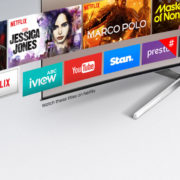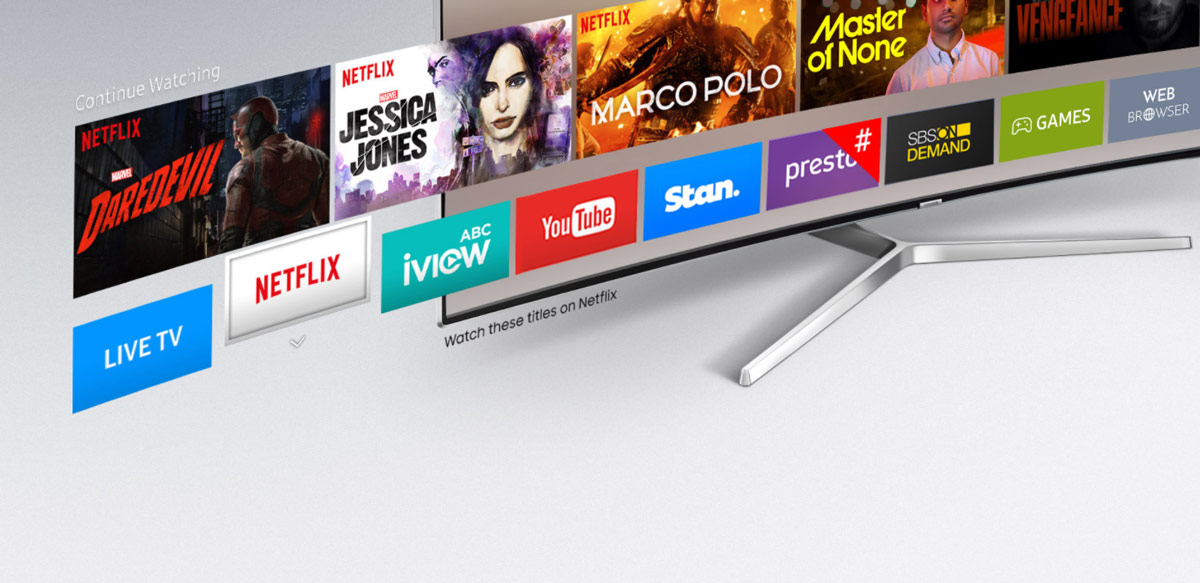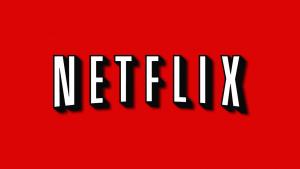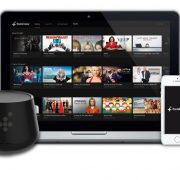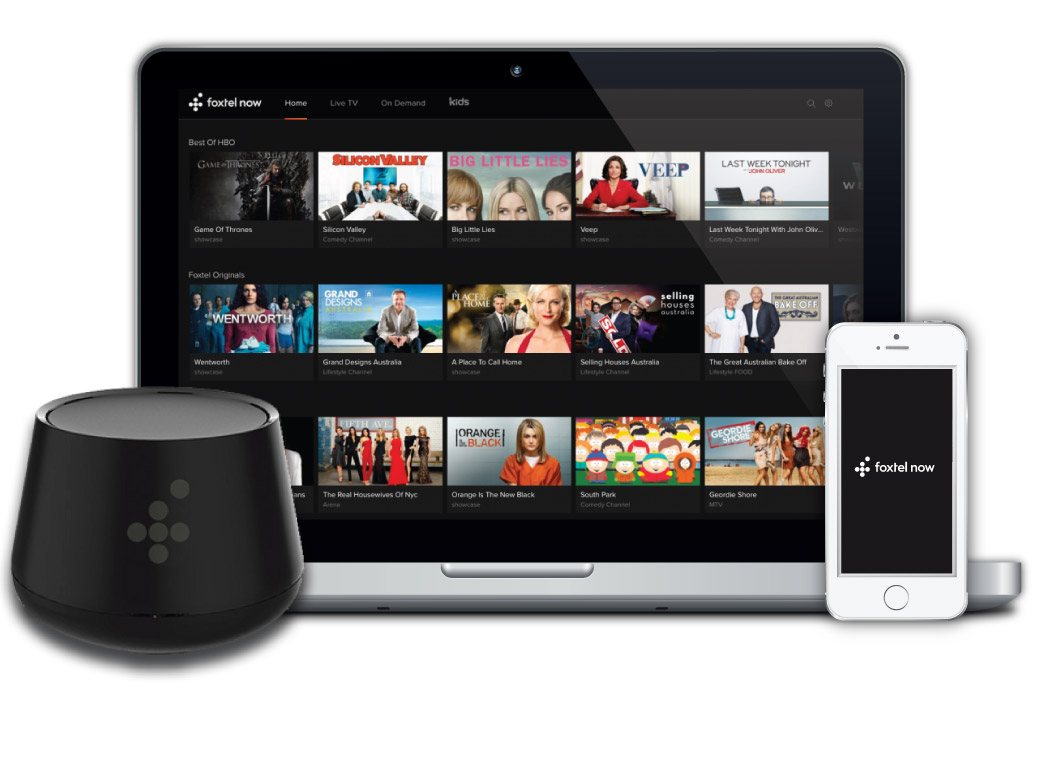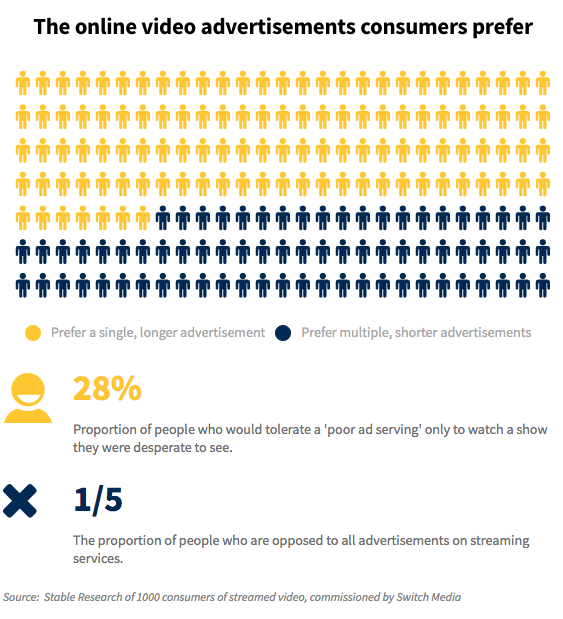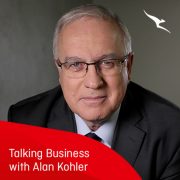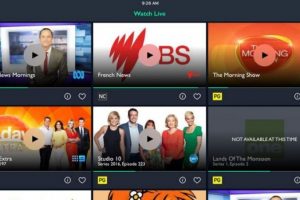Switch Media CEO Christopher Stenhouse talks with Alan Kohler on Qantas Talking Business.
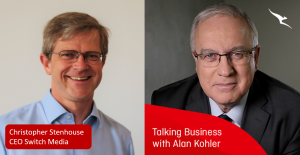
Qantas Talking Business is an Inflight Entertainment radio program, hosted by Alan Kohler. Each month business leaders, entrepreneurs and innovators are interviewed about theirexpertise, business, and careers.
Click the following link and select no.10 on iTunes to listen: Christopher Stenhouse talks with Alan Kohler
CHRISTOPHER STENHOUSE TALKS WITH
ALAN KOHLER ON QANTAS TALKING BUSINESS
TRANSCRIPT OF INTERVIEW
A Kohler: Well joining me now is Christopher Stenhouse, the CEO of Switch Media. G’day Christopher, thanks for joining us.
C Stenhouse: Hello Alan, good to be here.
A Kohler: Now … to start with, explain what it is that Switch Media does.
C Stenhouse: Yeah, sure. Switch Media in essence is a software company and we design, build and operate online video services for organisations that want to deliver their video over the internet.
A Kohler: And you primarily to do this with mobile phones? I notice that one of your customers is Foxtel Go where you’re organising the video for to be streamed to phones, and also Free TV I think you’re doing the same thing for… But is it just phones or other devices as well?
C Stenhouse: All devices basically, yeah. So you’re quite right… Basically anything you see with a Foxtel brand on it that is coming over the internet is actually coming through our systems and our servers and what we deliver is, as you say, to phones, apps to phones but it can be to tablets, it can be to gaming consoles, to your laptop, to your connected TV, really an exploding plethora of devices these days.
A Kohler: It is indeed. So what other sorts of customers do you have apart from Foxtel and the TV companies?
C Stenhouse: Well the TV companies I guess are the starting point. I mean, really, our customers can be anybody who either owns or has access to video content that they wish to deliver over the internet and so the starting point was media companies and so we now, over the course of 11 years here in Australia and New Zealand, work with and have worked with pretty much every single broadcaster.
You mentioned Foxtel, also ABC, we worked with ABC at the launch of iView back in ’09; with Channel 7 we’ve done — we’ve live streamed the Australian Open for them; with SBS we’ve delivered solutions and we have also worked with Freeview Australia here, the free to air organisation. Similarly, Freeview New Zealand, the organisation for the free to air operators there. But to your point, it moves also beyond broadcasts. One of our other customers is the Australian Federal Parliament, which actually has 70,000 hours of on demand content and we manage that for them as well as their live streams. They are, in effect, a broadcaster themselves.
So it can be government organisations, anybody who wants to deliver, either to customers or to fans or to employees.
A Kohler: So you’re one of the old 11 year overnight successes.
C Stenhouse: [LAUGHS] That’s right, yes, we’ve been toiling away for 11 years now.
A Kohler: Is the business now what you thought it would be?
C Stenhouse: Uh no, I would say that’s probably… If you’re saying what have you learnt over 11 years, I would say one of the main things I’ve learnt is that the business that you think you are about to start is not the business that you actually end up running. We started around the same time as YouTube and we thought well there’s an opportunity for something like a curated YouTube and so we went and collected a lot of short film content from film schools and animators. We put that into a website and then we sought advertising for it because we thought that this would be a way of monetising, of funding this service.
And I can still remember the day we were sitting pitching this to an organisation and there was a little pause and they said, look, not that interested in your content but I really like your platform. Could you get rid of all that content and just let us use your platform?
A Kohler: That must have been a moment.
C Stenhouse: Yeah, well that was the penny-dropping moment where we went ah, okay, maybe that’s the business we should be in. And so that’s the path down which we moved.
A Kohler: And do you still own the business?
C Stenhouse: Yes. Yes, we do. We started it ourselves, bootstrapped it 11 years ago and started literally in our living room and then moved to a two bedroom apartment and now after 11 years we’ve grown to have over 70 employees and we’ve been growing, revenue wise, at over 40% year on year and making money and cashflow positive, so we’re very happy with progress.
A Kohler: What sort of revenue do you bring in?
C Stenhouse: Oh look, we don’t try to get too specific about those numbers, but in terms of over 70 employees and profitable and growing at 40% a year, I hope that gives you some sort of indication as to perhaps where we’re heading.
A Kohler: So obviously it’s not just your business that’s changed a lot in the past 11 years. I mean everything has; YouTube has become colossal and, more importantly, we’ve had Facebook in the meantime. What sort of changes have you had to deal with over that time, you know, in the environment?
C Stenhouse: Well I see increasingly understanding and acceptance of what is there and the technologies that are now available. I mean the fact that the bigger pipes are there and that you can deliver ever-greater quality of video with ever-greater reliability means that it starts to open up, as you prescribed, in ways beyond traditional broadcasters and so while the starting point has been in broadcasting, for us in particular, we’re seeing new content owners and players. So, for example, sporting associations and people who either traditionally have gone through broadcasters or now are saying well we could actually take some of this directly to our own customers or to our own fans and so we’re starting to see that come through.
And beyond that, I think what is starting to happen is completely new fields beyond just entertainment and information and where the people who need access to high quality video streaming, that could be in completely different fields. It could be health, education, transport, for example, even Qantas — we’ve been this year part of trials with Qantas looking at some options for what they can do for providing some alternatives for in-flight entertainment.
A Kohler: I suppose one of the reasons you’re growing at 40% per annum, if not the reason, is that more and more video content is moving to the internet rather than terrestrial broadcasting. Do you imagine there’s going to be a time when all video is distributed that way?
C Stenhouse: I don’t think so. I think there will always be a spread of distribution channels in the same way that cinema’s never really died. I mean we thought they were going to be challenged by DVDs. I think televisions will still always play a role. I think how people choose to watch it will continue to change and one of the things we’re starting to see, in fact we were part of that even when with Foxtel we were delivering the London Olympics. You had the opportunity obviously to watch traditional channels, the live channels on your Foxtel service but at the same time we were providing an iPad or an iPhone version where you could literally have a visual TV guide and you could see all those live channels simultaneously and you could pick and choose which one you watched. So you could actually watch one thing on your screen, on your television, another thing on your iPad and I think we’re starting to see a lot more of that, this what they call ‘companion app opportunity’ which gives you either that or it gives you the opportunity certainly in a sports setting to offer alternative camera angles or the ability to interact and comment on what’s happening. I think those are the sorts of things that seem increasingly to come to pass.
A Kohler: Well I was watching YouTube on my TV the other night. It seems to me that there’s increasing breakdown of what you might call the terrestrial broadcasting monopoly of the television set.
C Stenhouse: Yep, I think very much. I think that’s the case. The monopoly has certainly gone but I don’t think it will go as a channel and I think it will just be something that is an augmentation or it is augmented by these other devices as well.
A Kohler: How far do you think your business can grow? Are you looking at international expansion?
C Stenhouse: Mm, yes, we are and we’ve only just recently returned from a trade show in Las Vegas which is international, one of the biggest broadcasting trade shows there where we launched one of our new products, the service side ad insertion product, because one of the key elements of any of these services is obviously the ability for providers to monetise these services and so we launched our new AdEase product, as we call it, service side ad insertion, which is a much more broadcast like experience at that trade show. And the level of interest is, to be honest, was far better than what we expected and so we’ve already started some… We’re in some quite serious discussions with a number of organisations who are interested in pursuing that a bit further.
A Kohler: So are you finding that you’re doing some things that aren’t being done elsewhere in the world?
C Stenhouse: Yeah, well yes, not being done perhaps with the same speed and innovation because I think one of the things that seems to set us apart from a lot of other players in this space is that we have the three main product elements that anybody who wants to operate in this space or provide an online video service needs, you basically… The first element is you need a basic platform that can take in live content, video content, it can encrypt it, you can edit it, you can associate metadata with it.
The second key product element is what we touched on before, the fact that you can provide these apps that the users or fans or customers install on their different devices to consume, to use the service.
And the third element is this monetisation product, the ability to provide a reliable and much more broadcast like experience, and to have all those three products, which are really the key elements of any of these services under one roof provided by one company, we’re finding this particularly compelling.
A Kohler: Well congratulations Christopher, it’s been a great journey and you’ve built a fantastic business.
C Stenhouse: Thanks Alan. Yeah, we’re very proud of the progress and it looks like there’s plenty more things for us to do.
A Kohler: I’ve been talking to Christopher Stenhouse…
[END TRANSCRIPT]




